Chess is a fun game enjoyed by people of all ages. While it may seem tricky at first, understanding the basics is simple once you learn the chess pieces names and moves. This guide explains the movement of each piece in detail, ensuring even the newest players can dive right in and enjoy the game. By the end, you’ll be confident in where each piece belongs, how it moves, and its role on the board!
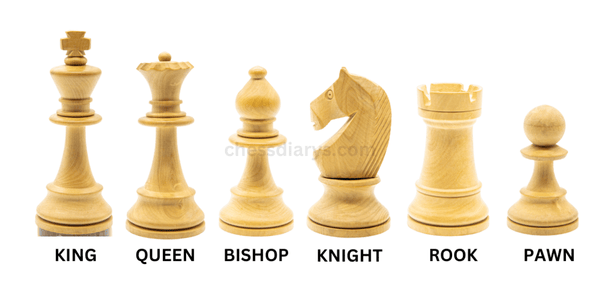
The Chess Board and Its Setup
Let’s talk about the chessboard before we dive into the chess pieces names and moves. First, the chessboard contains 64 squares. These squares come in an alternating pattern of light and dark color. Each player has 16 pieces at the beginning of the game, arranged in a particular manner. Knowing how to set up the board is the first step to playing chess!
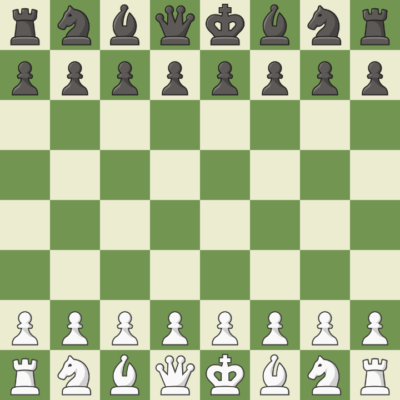
Chess Pieces Names and Moves
The King:
The king is the most important piece in chess. If your king is trapped and cannot escape this is called checkmate you lose the game. The king can move one square in any direction: up, down, left, right, or diagonally.
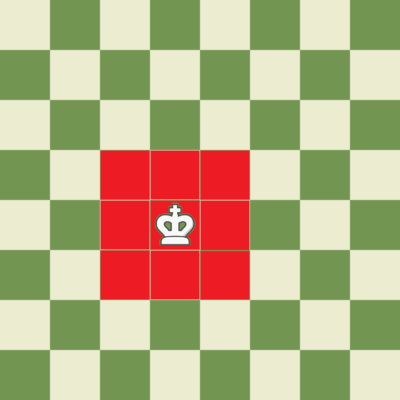
The Queen:
The queen is the most powerful piece on the board. It is able to move any number of squares in any direction that it pleases: vertically, horizontally, or diagonally. Because It is so powerful, the queen is a very important piece in both the attack and defense.
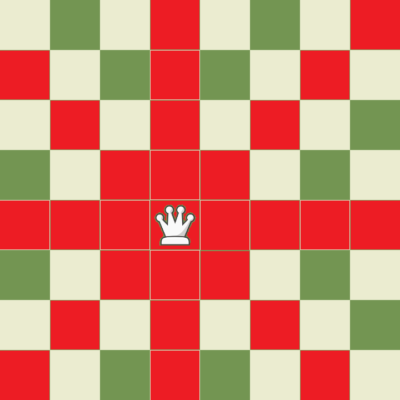
The Rook:
The rook looks like a castle and moves as such. It can move any number of squares, but only along straight ranks, files, or diagonals. Rooks are particularly formidable when operating in tandem.
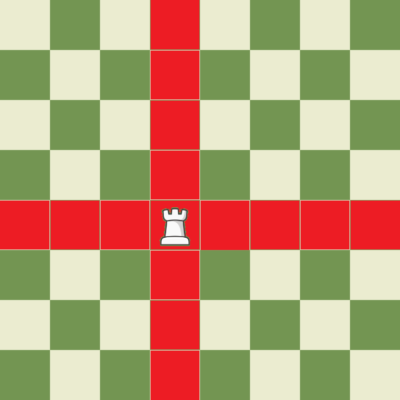
The Bishop:
Bishops move diagonally across the board. Each player has two bishops, one that moves on the light-colored squares and one that moves on the dark-colored squares. Bishops can move any number of squares diagonally, making them excellent in long range attacks.

The Knight:
The knight is the strangest piece to learn. It moves in an “L” shape: two squares in one direction, then one square perpendicular to that direction. The knight is the only piece that can jump over other pieces, which makes it unique.
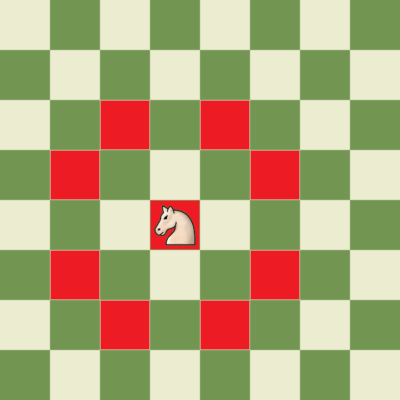
The Pawn:
The pawns are the weakest and smallest, but very important pieces. The normal way in which pawns move is one square forward, but when they capture a piece, they do so by moving one square diagonally. On their first move, pawns can move two squares forward. When a pawn reaches the opposite side of the board, it has the ability to be promoted to any other piece, except a king!
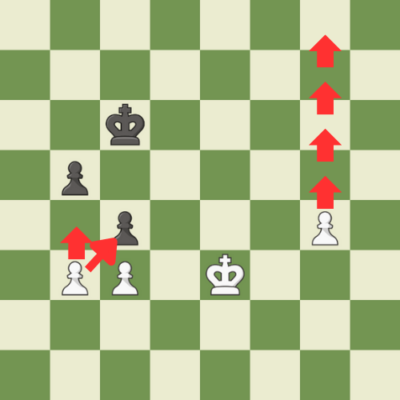
Special Moves: Castling, En Passant, and Promotion
There are some special moves in Chess that are good to know:
Castling:
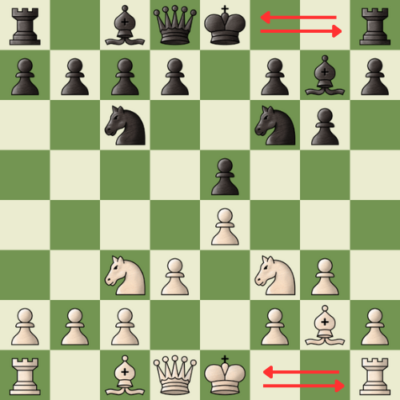
This is a move with the king and a rook. The king moves two squares towards the rook, and the rook moves to the square next to the king. It helps to protect the king.
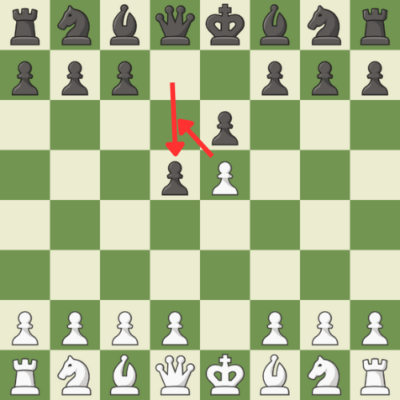
This occurs in the event that a pawn moves two squares forward from its starting position and does happen to fall in next to another player’s pawn. The opponent can capture the first pawn as though it had only moved one square.
Promotion:
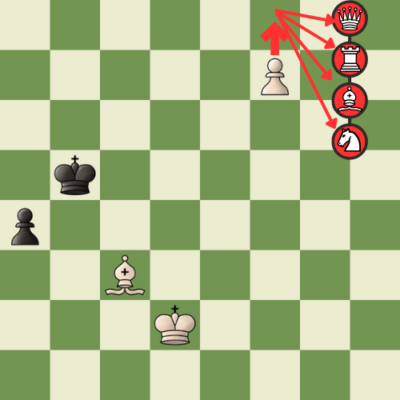
When the pawn reaches the opponent’s side of the board, a pawn has the option to promote to a queen, rook, bishop, or knight.
Conclusion :
By now that you have learned chess pieces names and moves, you can get started and play. Chess is a game of strategy and skills; therefore, the more you practice, the better you get. Remember, the key to being a great chess player is to understand how each piece moves and think ahead. Enjoy your chess!








